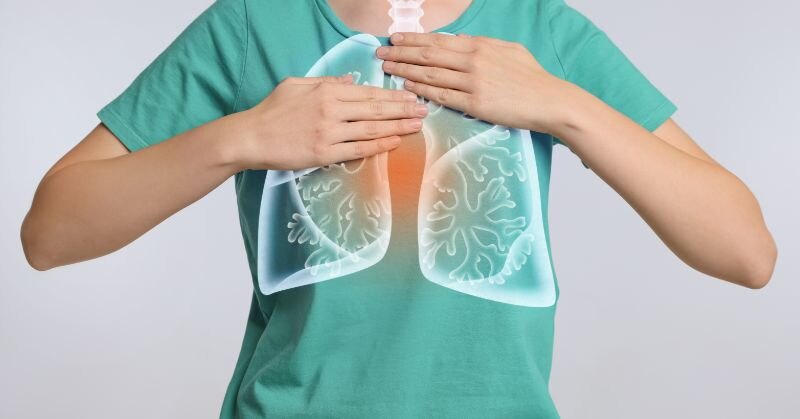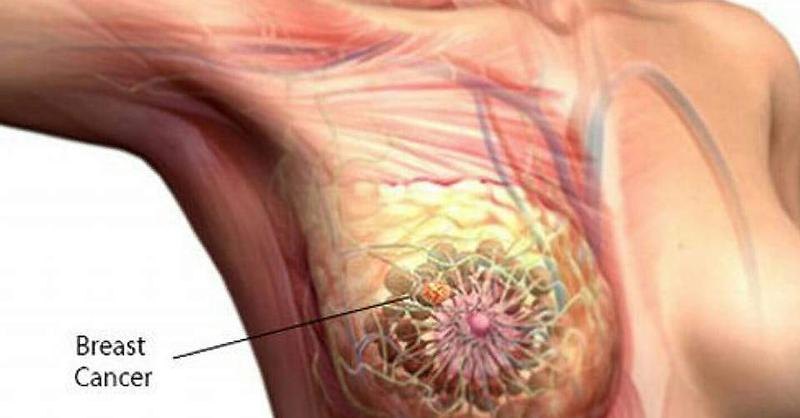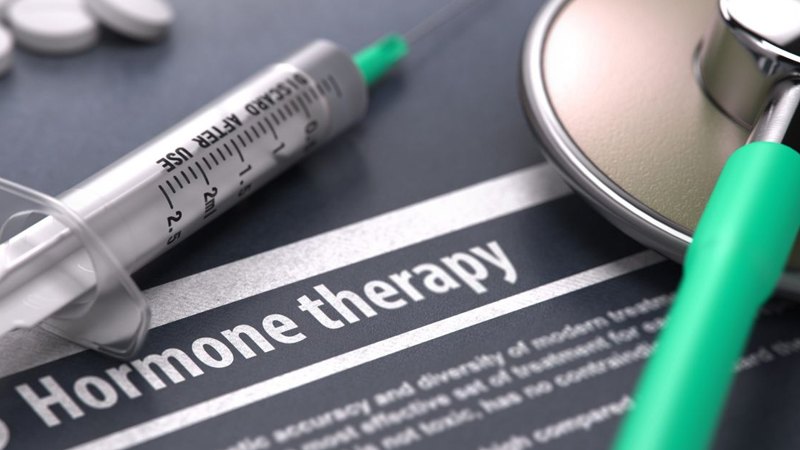Breast cancer is a life-altering disease that affects millions of women around the world. This article will delve into the key aspects of breast cancer, including its symptoms, the importance of early detection, and the markers associated with breast cancer.

Breast Cancer Symptoms
Recognizing the symptoms of breast cancer is essential for early detection and prompt medical intervention. Although each individual may experience different signs, some common breast cancer symptoms to be aware of include:
Lump or Thickening: A lump or thickened area in the breast or underarm is a classic symptom of breast cancer. It may feel different from the surrounding tissue.
Nipple Changes: Changes in the nipple, such as inversion, dimpling, redness, scaling, or discharge, should be taken seriously.
Breast Skin Changes: Any unusual changes in the texture, color, or appearance of the breast skin, such as puckering or ridges, should be evaluated by a healthcare professional.
Breast Pain: Although most breast pain is unrelated to cancer, persistent or unusual breast pain should be examined to rule out any underlying conditions.
Swelling: Unexplained swelling or shrinkage of a breast or a part of the breast can be a cause for concern.
It's important to note that the presence of one or more of these symptoms does not necessarily guarantee the presence of breast cancer. However, if you experience any of these symptoms, it is crucial to consult with a healthcare professional for further evaluation and diagnosis.
Early Detection of Breast Cancer
Early detection is paramount in successfully treating breast cancer. Regular self-examinations and screenings play a pivotal role in identifying potential issues at an early stage. Here are some essential methods for early detection:
Self-Examination: Performing regular self-examinations enables you to become familiar with the normal appearance and feel of your breasts. By examining your breasts monthly, you can detect any changes or abnormalities and promptly seek medical attention if needed.
Clinical Breast Examinations: Healthcare professionals, such as doctors or nurses, can conduct clinical breast examinations during routine check-ups. These examinations involve a physical examination of the breasts and surrounding areas to identify any worrisome lumps or abnormalities.
Mammograms: Mammograms are X-ray images of the breasts and are considered the gold standard for breast cancer screening. Women above the age of 40 are typically recommended to have regular mammograms, which can detect abnormalities that may not be noticeable through self-examinations.
Breast Ultrasound and MRI: Breast ultrasounds and magnetic resonance imaging (MRI) are additional imaging techniques used to evaluate breast abnormalities. These tests are often performed alongside mammograms to provide a more comprehensive evaluation and aid in early detection.
It is important to follow the recommended screening guidelines and consult with your healthcare provider to determine the most appropriate screening plan based on your individual risk factors.
How to Discover Whether I Have Breast Cancer?
If you are experiencing any symptoms or have concerns about breast cancer, it is crucial to consult with a healthcare professional for proper assessment. They may recommend further diagnostic tests, such as:
Biopsy: A biopsy involves the removal of a small tissue sample from the breast for laboratory analysis. It is the most definitive way to diagnose breast cancer and determine its specific characteristics.
Imaging Tests: Imaging tests, such as mammograms, ultrasounds, or MRIs, may be used to further evaluate any suspicious areas found during a clinical examination or screening.
Genetic Testing: In cases where there is a strong family history of breast cancer, genetic testing may be recommended to assess the presence of specific gene mutations, such as BRCA1 and BRCA2, which are associated with an increased risk of breast and ovarian cancers.
Breast Cancer Markers
Breast cancer markers, also known as tumor markers, are substances that can be found in the blood, urine, or breast tissue of individuals with breast cancer. These markers can provide additional information about the presence, progression, or treatment response of breast cancer. Some commonly monitored breast cancer markers include:
CA 15-26. This marker is often used to monitor the presence and progression of breast cancer.
HER2/neu: This protein marker is overexpressed in some breast cancer tumors and can help determine treatment options.
Estrogen and Progesterone Receptors: These hormone receptors are often tested to determine the likelihood of hormone therapy being effective in treating certain types of breast cancer.
BRCA1 and BRCA2: Mutations in these genes significantly increase the risk of developing breast and ovarian cancers. Testing for these gene mutations can help individuals understand their risk and make informed decisions about preventive measures.
It is important to note that the presence or absence of these markers does not solely determine the presence or severity of breast cancer. These markers are used in conjunction with other diagnostic tests to provide a more comprehensive assessment and guide treatment decisions.
Conclusion
Breast cancer is a complex disease that requires understanding its causes, recognizing the symptoms, and promoting early detection. By being proactive in self-examinations, adhering to recommended screening guidelines, and consulting with healthcare professionals, individuals can increase their chances of detecting breast cancer at an early stage and accessing appropriate treatments. Remember that each case of breast cancer is unique, and a personalized treatment plan should be developed in collaboration with healthcare providers. Stay informed, take charge of your breast health, and spread awareness to empower others in the fight against breast cancer.




